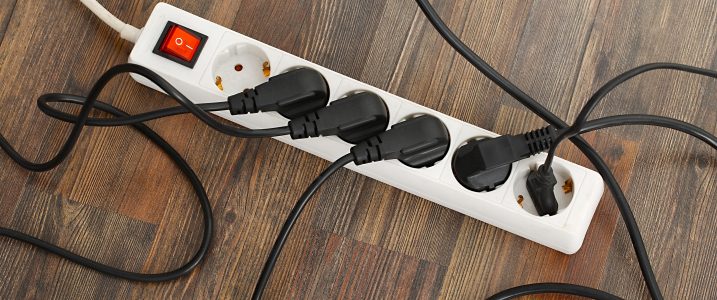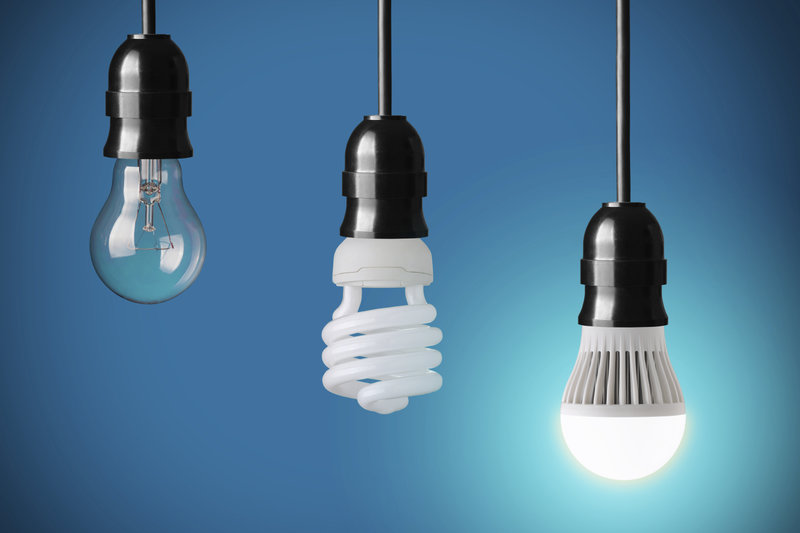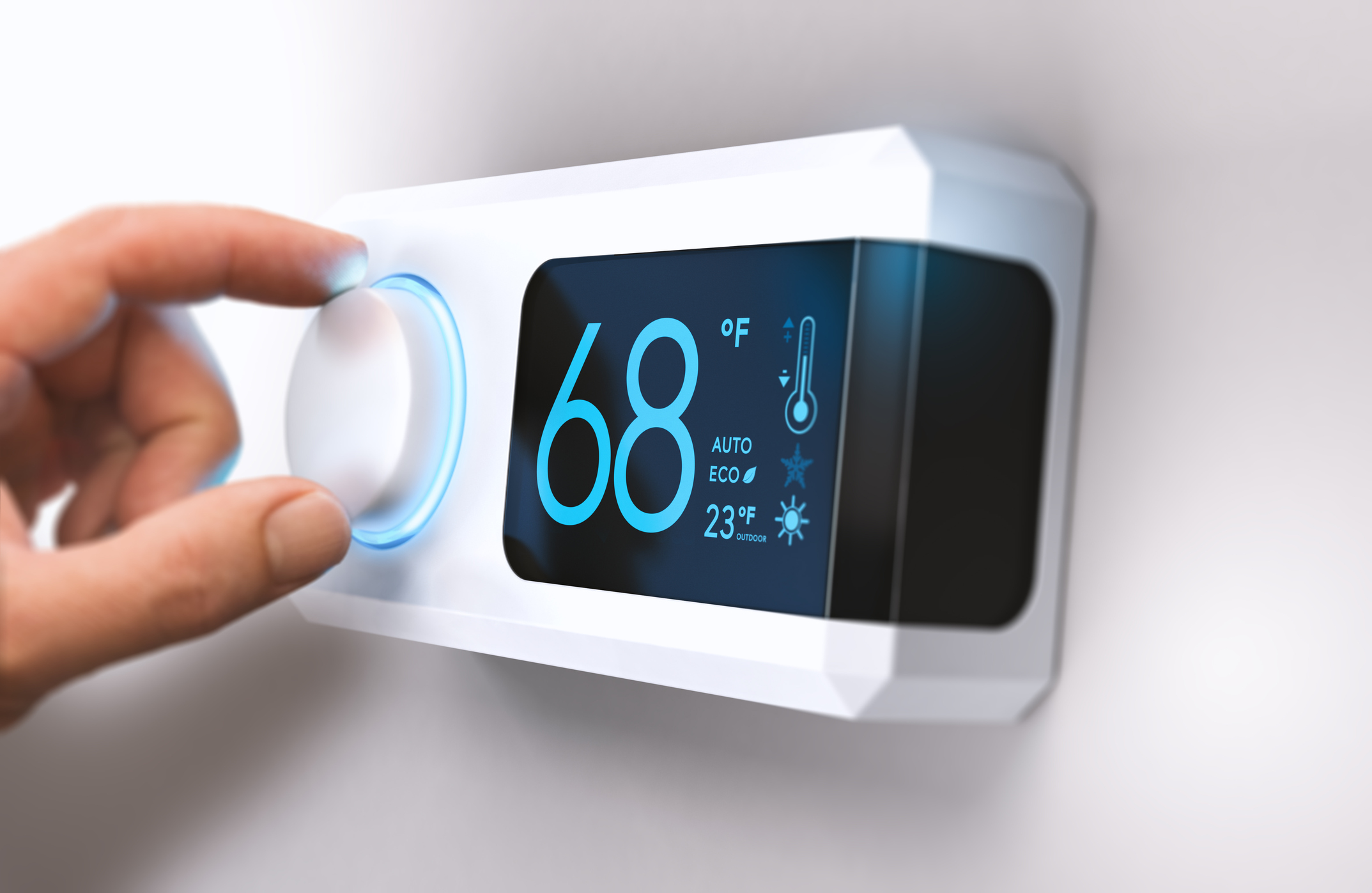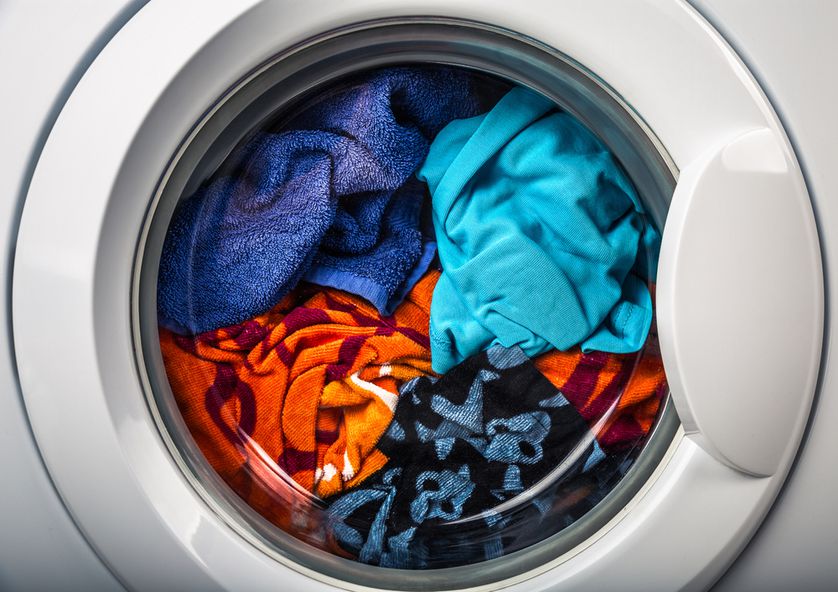Unplug Unused Devices

Did you know that 23% of all household electricity usage can be saved if you eliminate what is referred to as a “vampire load” — A vampire load applies to something that is plugged in while not in use. If you notice the device may be warm, buzz, or exhibit signs of use even when not in use, that is a vampire load. Unplugging devices while not in use will create big savings on energy and money. If you have trouble with that, plugging multiple devices into a power strip and turning off the strip while not in use may be simpler than having to unplug and plugin multiple devices. Even a phone charger uses electricity when not in use!
Change Your Lightbulbs

LED lightbulbs to save energy, yet many people have not switched from traditional bulbs. LED bulbs cost about the same upfront, but last 10-20 times longer. They generate less heat than traditional bulbs which can save as much as 20% of air conditioning costs. LED bulbs are also more efficient and use 5-10% less electricity. All in all, replacing all your bulbs with LEDs can save you up to 10% of your yearly electrical costs.
Smart Thermostats

Using heating or cooling when you don’t need it can cost a significant amount. Do you ever turn down the temperature and forget to turn it back up when you leave the home in the summer, or the opposite in the winter? A smart thermostat is not only programmable to revert back automatically, but it can also be accessed by you remotely if you want to change the temperature from outside the home. If you went on vacation and don’t need to cool or heat your home, but forgot these smart thermostats can be reprogrammed from your phone. A programmable thermostat can save you 10-20% of your AC costs, and a smart thermostat can save you an additional 10-12% according to Nest, a manufacturer of smart thermostats.
Timing Your Energy Use

Did you know that utility companies often charge different rates at different times of the day? Basically, costs are higher during peak times. Your electrical bill should detail rates and times, if not it’s readily available from your utility company. Try to do laundry and other tasks when the costs are lower.
Do Full Loads

When washing clothes or dishes, do full loads. It doesn’t cost any more to run a cycle with a full load of dishes or clothes than a small load. If you wait for a full load you can cut down the number of loads you do. Doing 25% fewer loads will save you 25%! Just waiting for a full load can do that.